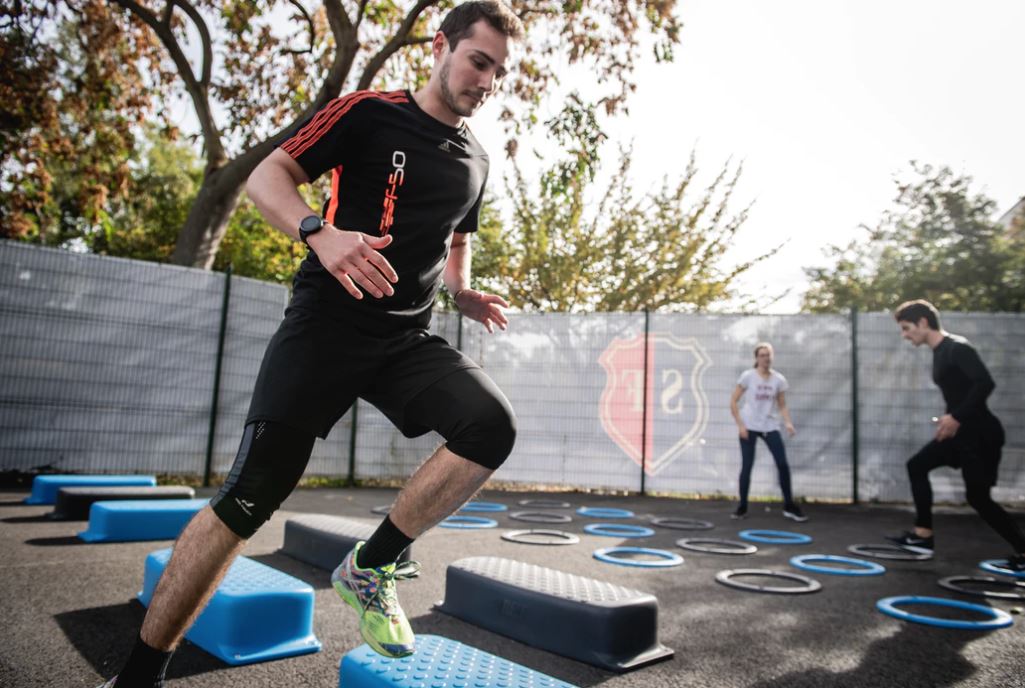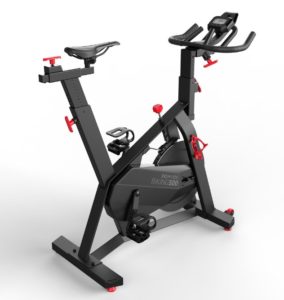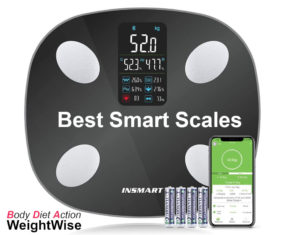Let’s start with a question: how ready are you to make changes to your lifestyle in order to manage your weight? If it’s a big fat “not at all” then it’s probably best to stop reading this and go and make a snack. If it’s a “maybe” or “I’m all in!” then read on….
First you need to check if you actually need to lose weight – do this by weighing yourself and then calculating your body mass index (BMI). Some people have a negative body image of themselves and think that they have a weight problem when there’s nothing to worry about. If you do find that you’re carrying a few extra pounds then it’s time to think about taking control and getting some weight loss motivation.
Let’s zero in on why you might want to lose weight.
It might be to:
- Look good
- Feel better
- Increase the chances of living longer
These are all extremely valid reasons to make a change. Whatever your particular circumstances may be, making lifestyle changes can be a struggle. For example, we seem to be constantly surrounded by adverts for tasty junk foods and average portion sizes in pubs and restaurants are getting bigger. It’s all too easy to overeat.
We also lead more sedentary lives: sitting in front of computers and televisions for hours at a time. I’m sat at one now as I write this! We use cars for even short, local journeys when walking would be a much better option. Around 60% of the UK population are now overweight or obese.
If you want to control your weight, you should first create a diet plan. This gets your new routine down on paper and creates a reference document for you to look at if you start to struggle. This is also why being clear and upfront with yourself about why you want to lose weight is so important.

The ultimate goal of any weight control programme is likely to be a slimmer, trimmer you. But how do you get there? The best way to achieve long-term weight loss is by making small changes to your usual eating and activity habits. For instance, you could try dropping desserts from your evening meal or invest in some home gym equipment to get more active.
There are always benefits and potential downsides to making changes to our day-to-day lives. It’s only when the benefits to you become apparent and start to outweigh the negative aspects that you’ll feel like you can sustain the new regime.
Think about the BENEFITS to you of making lifestyle changes.
Examples that our Weightwise clients have given are:
- Being able to get into your old clothes
- Having more energy
- Becoming less out of breath climbing up the stairs
- Lower blood pressure
Now think about potential DOWNSIDES of making changes.
- Not being able to eat exactly what you want and when you want it
- Eating and drinking less than friends when out
- The physical effort required to get more fit and active
Making no changes
Finally, think about what happens if you stay as you are, and make no changes.
- Your weight will keep going up
- Your blood pressure may stay high
- You’ll still have to buy bigger clothes
Grab a piece of paper and set our your own list of pros and cons for making a change – the chances are you’ve already done this or you wouldn’t be here reading me telling you to do it!
Have a look at your list. Do the benefits of change feel more important than the downsides? If so, you are probably ready to change.
How you feel about change may vary, depending on what else is going on in your life, so if you’re not ready, it’s worth doing this whole process again in the future.

So far, so good. Let’s sum up where you are:
- You know you need to lose weight
- You know why you want to lose weight
- You feel ready to start
We recommend following our 5 Weightwise Steps To Success. We use an approach based on scientific evidence that involves setting realistic goals. These are based on making lifestyle changes that fit into your daily life.
WeightWise Steps To Success
- Set a realistic weight loss target
- Decide on an eating plan – this may involve:
– Making changes to the types and amounts of foods you eat
– Taking part in a more structured, ‘calorie controlled’ approach to weight loss. If you feel this approach is for you then check out our in-depth guide to other weight loss organisations. - Set goals for being more active, or do this before choosing dietary options – it’s up to you.
- Find your ‘support team’ – people who can help you along the way. Will it be family, friends, health professional, or a combination?
- Monitor your progress. Keep a food and activity diary to see how you’re doing. Making a note of what you eat and how active you are right at the start can be helpful to see what changes you could make.
Remember!
It is always the point just before you change which is the toughest moment to overcome. Take inspiration from your friends and resources such as ours to inspire you to move forward with your health and fitness goals.












